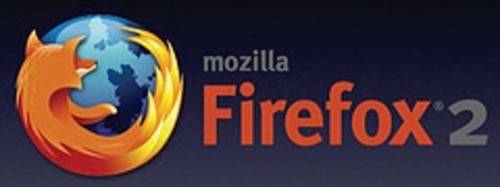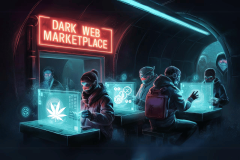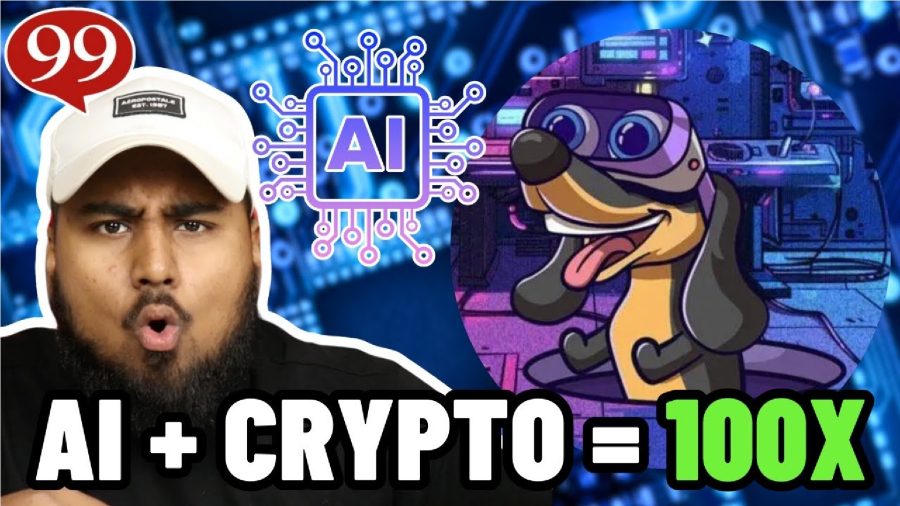This
afternoon Firefox 2 will be officially launched. In anticipation of the unveiling, here
is an in-depth interview with Chris Beard (Mozilla Vice President of Products). Subjects
discussed in the interview include the growing enterprise usage of Firefox, the
importance of user experience and security, Mozilla’s theory behind Web feeds and why
they haven’t included an integrated RSS Reader, the growing add-on ecosystem,
offline browsing, why this is a 2.0 release and not a 1.x one, and finally Chris tells us
a little about the future of the browser.

Firefox growth
Chris started off with an overview of Firefox’s market position. He said it is a
global community and a public benefit organization. Their free and Open Source products
attract:
- 100’s of active technical contributors
- 10,000’s of nightly testers
- 100,000’s of evangelists and marketers
- 70,000,000+ end-users in 40+ languages
Chris said there is strong demand and growth. Last year at this time when they
released Firefox 1.5, they had around 200,000 people per day downloading it. Today that
number is more like 350,000 and growing, which Chris attributes to strong viral and
organic growth.
Firefox in the Enterprise
I asked Chris whether enterprise users are beginning to use Firefox more? Chris said
yes, they’re noticing that more and more. He said their focus is building products for
individual users as opposed to enterprises or organizations, however they’re finding that
users are bringing Firefox into the enterprise with them – on the basis of security
advantages, productivity gains [etc].
Chris said that current stats indicate that Firefox usage peaks mid-week, as opposed
to the weekends – which he said is the reverse of what it was two years ago when they
launched Firefox. He thinks this does suggest strong usage within the workplace. He also
said they’re hearing that more and more IT departments “are moving over” – certainly in
some of the larger tech-oriented firms, like IBM, where Firefox is being used
internally.
User Experience and Security
Talking about the Firefox upgrade, Chris said that the two key things they focused on
in FF2 were 1) tuning the user experience – making it more efficient and enhancing
customization; and 2) security.
In terms of the user experience, Chris mentioned the tweaks to the tabs, undo close
tab, “session restore” and search suggestions as examples of improvements to usability.
He also said that Firefox 2 focuses on bringing capabilities that are typically found in
desktop apps, into the browser – inline spelling is the most obvious such feature.
They support multiple languages too.
For security, Chris said they’re very proud that Firefox has the fastest response time
of any vendor – they respond to security issues in days, “as opposed to the weeks and
months that you might see from other vendors”. He also said Firefox looks to be very
proactive in security – e.g. their Phishing Protection. Using plain, everyday language is
also a feature in FF – so they don’t use the term “phishing” for example in their pop-up
messages.
Web Feeds
In Firefox 2 they have extended the lightweight feeds integration approach of Live
Bookmarks, by making it easier for people to recognize and make use of feeds (providing
summaries, options for RSS Readers).
I asked Chris whether they have any plans to integrate their own (fully functional)
RSS Reader into Firefox. He replied:
“We’ve evaluated between: should we make Firefox a fully featured news reader, or
should we make Firefox awesome at content discovery and handoff? We decided that the
browser should be about helping you find information and then channeling that information
to an appropriate service. […] at the same time there are add-ons or extensions which
do integrate and add fully featured news reader services to Firefox […] such as
Sage.”
I asked whether Mozilla might, in the near future, re-visit that decision to not
integrate an RSS Reader (by default) in the browser? Chris replied:
“We see that RSS is still very early in its adoption and use overall. The people who
seem to be currently using it to great effect are newshounds […] We’re already, in
terms of future product planning, thinking about how is RSS really just a basic
capability – like HTML is – and what is the real use case and what is the real adoption.
I think things like MyYahoo and iGoogle, in terms of personalized news where you don’t
need to know it’s RSS, is along the lines of where things will be heading. And certainly
we’ll evolve the browser as appropriate. But at this point we’ve erred on the side of
giving people maximum flexibility to manage RSS in any way in which they choose.”
Personalize your browser
Extensions (now being called add-ons in the 2.0 timeframe) are a key feature of FF2.
It keeps the core browser streamlined, while allowing users to personalize their browser
with add-ons.
Chris said that the add-on space “has really mushroomed in the last year”. They now
have close to 2000 add-ons for Firefox, from shopping comparison add-ons to blogging
add-ons and a lot in between. He says there’s “huge amounts of innovation” in the add-on
space – and they’re using it as a kind of test bed, pulling ideas from the add-on space
into the core product as they move forward. He says add-ons are easy to build too and are
similar to creating web apps.
Offline Browsing
Chris mentioned that their implementation of the WhatWG DOMStorage specification may
potentially enable offline browsing. Right now they don’t know of anyone supporting these
offline modes for their applications yet, but going forward Chris sees offline browsing
(e.g. composing email on the plane) as a significant step forward. So Mozilla is helping
to implement the building blocks of that offline browsing concept.
Why 2.0?
I asked Chris the reason why the upgrade is a 2.0 release, rather than a 1.x:
“It’s more sort of a natural evolution. It felt to us like a 2.0 product, particularly
if we looked at it from what 1.0 was, to 2.0. It was like half steps, from 1.0 to 1.5 to
2.0. It’s also a very stable and rock solid release – it’s really ready for the
masses. So it really does feel like a 2, as opposed to a 1.x product. Firefox 2 has, we
estimate, between 3-4 times the number of fixes than FF 1.5 did. And that doesn’t just
include fixes and bugs, but all of the feature work as well as memory, stability and
security issues. But there’s certainly a lot in it which makes it really solid.”
The Future of Firefox
Finally, I asked Chris for his thoughts on the future of the browser. He said:
“[…] if at some level the browser can move into the background, and it’s really the
web content that’s the most important thing and the ability for you to cleanly interact
with your online life […] it really shouldn’t matter whether you’re accessing your
content from your computer, your phone or your tv – we’re going to see consistency in
that experience.”
In closing, Chris told me that Mozilla is “really excited about the fact that the Web
is again evolving – and there’s a tremendous amount of innovation going on in terms of
browsers as well as web 2.0”. He said that Mozilla and Firefox have demonstrated that
“the browser does matter”, that it has enabled and empowered better experiences and will
continue to do so.
Chris concluded by saying that Mozilla will constantly look to push the envelope and
we’ll see a lot more from them yet – and from the Web at large too.
See also:Read/WriteWeb’s product
review of Firefox 2 and more information from Chris Beard on how it will be
marketed.
















